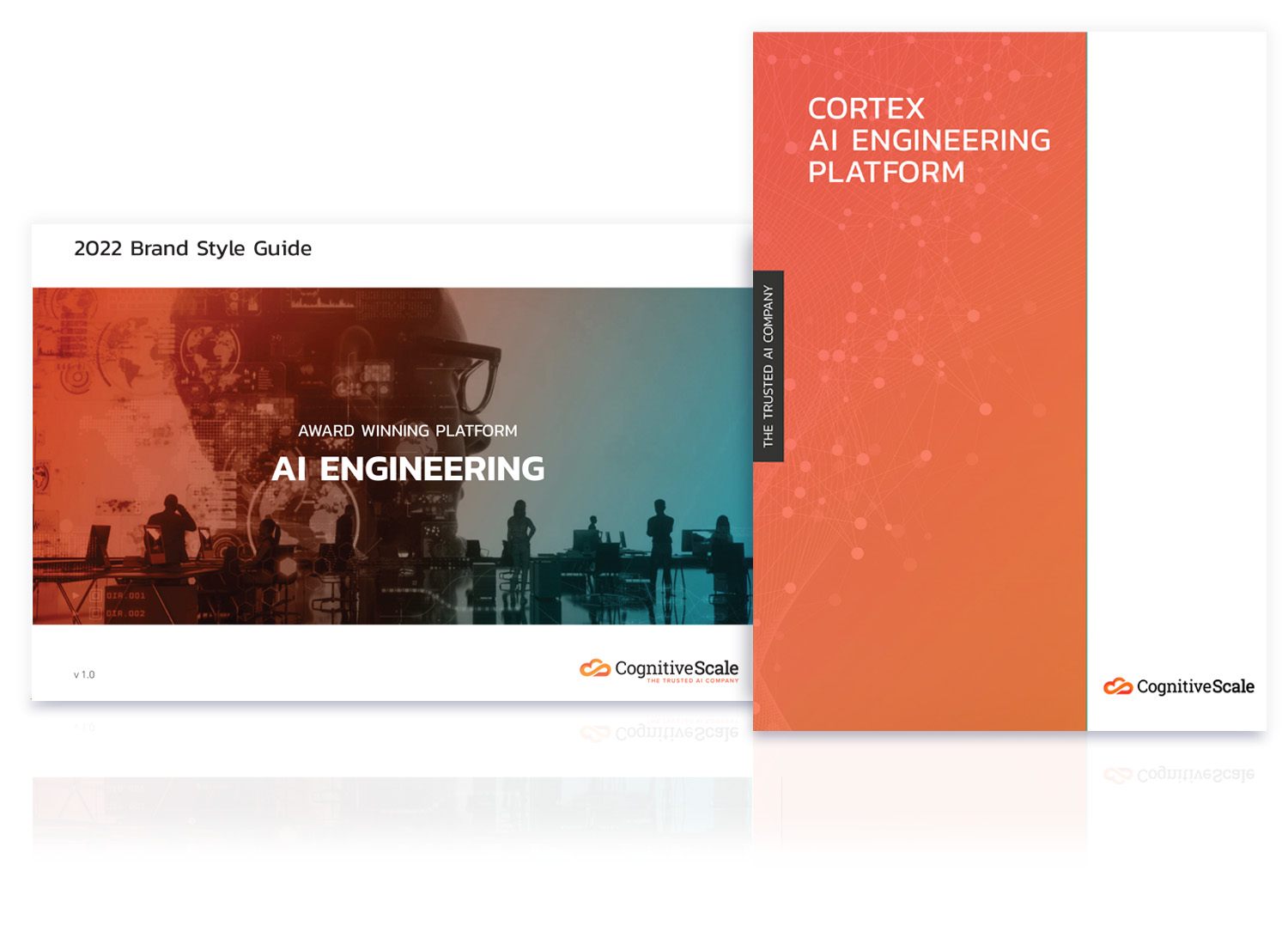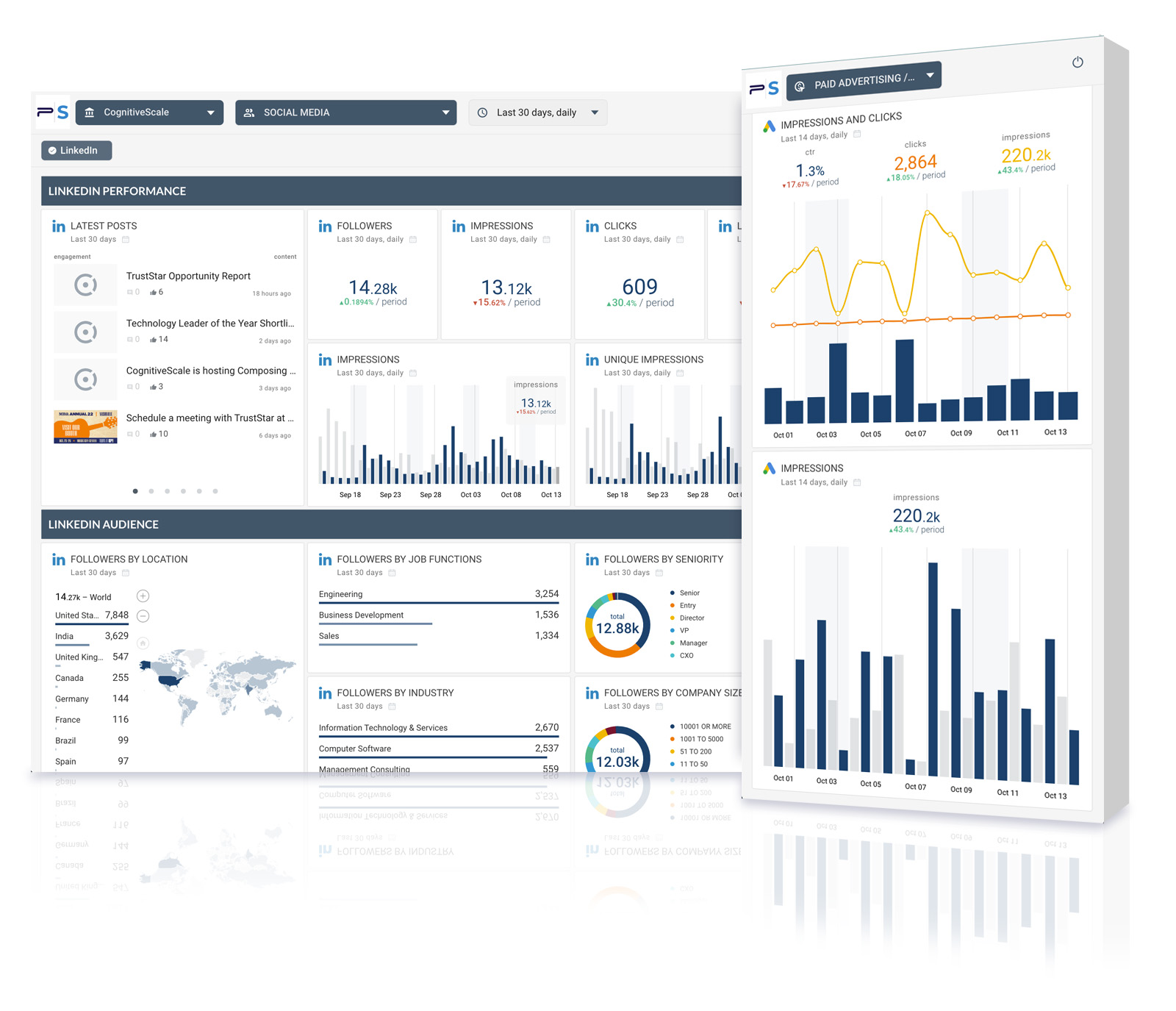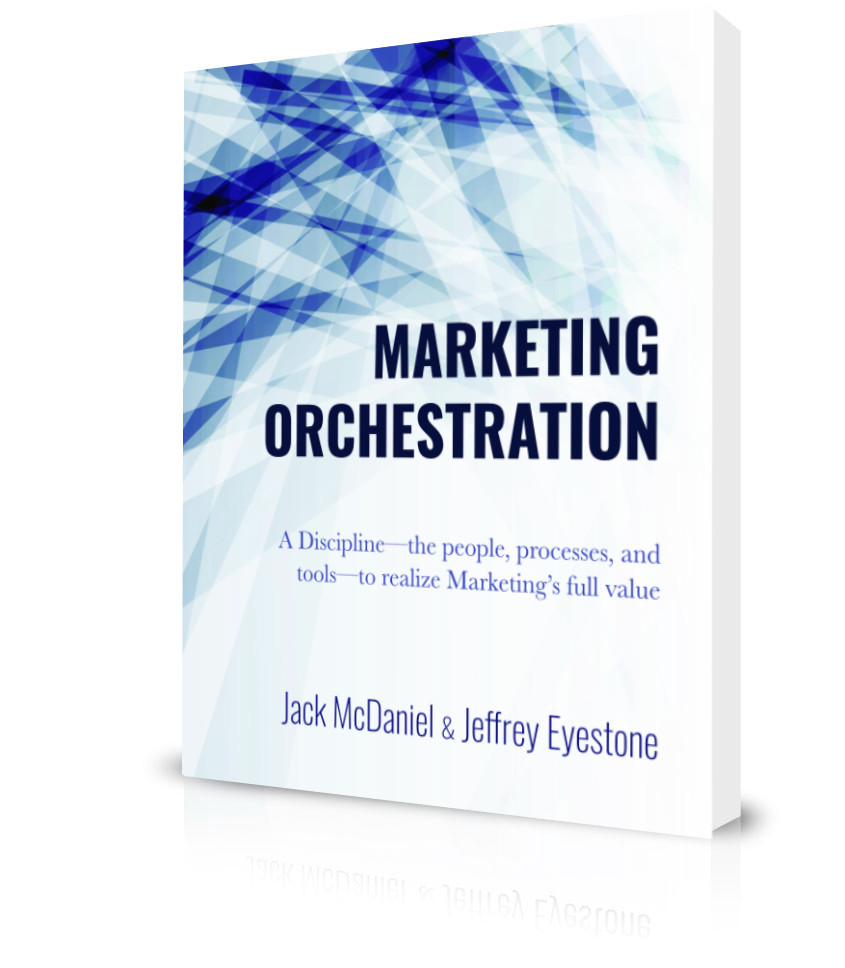WHAT IS MARKETING ORCHESTRATION?
Marketing Orchestration, as practiced by paradigm|SHIFT, is a process designed to align a company's marketing efforts across the entire enterprise, measure the results and impact upon sales, and define a path forward where the company becomes a leader and authority in its industry. Experience tells us we can engineer this outcome. We’ve done it multiple times and we have developed strategies, timelines, processes, and infrastructure to achieve the desired goals. Marketing Orchestration is the discipline we use to align, organize, and move a company forward with a sustainable and long-term platform capable of growing and meeting the business needs of the enterprise.
Primarily, we work with high-tech companies whose messaging is difficult and multi-pronged, who have significant sales, and are series B or C funded. Often, sales cycles for these companies are longer and complex. That said, our process has worked for companies of any size or in any industry, including ecommerce websites, telecommunications, private charter jet companies, and dental service organizations.

We Engineer More Than Data
Our focus is on alignment, KPIs, lead generation, and sales. Sales are first and foremost and we orchestrate multiple strategies to maximize our efforts and make certain that the proper messaging is being delivered across all platforms that lead to sales.
But it isn’t just about the data we receive and generate. A primary focus—and where most companies fail to connect—is Messaging. It can be difficult to connect with potential customers when the products are complex and their implementation difficult. Understanding how to connect your story with others is as much art as it is science. In fact, both art and science play a significant role in the process. We understand messaging and we lead companies into a position to succeed. We do that in four phases: Proof of Value, Infrastructure, Authority, and Test, Measurement and Refinement (more on these below). This process can take 15 - 18 months, though we have helped several companies navigate industry upheaval and their own corporate changes for more than a decade. Once those companies saw the value we delivered, they asked that we continue working with them.

We Align Marketing Platforms—and Teams
It isn’t enough to bring email marketing, social media, website content and ad campaigns into alignment. We also have to align teams: sales, marketing and finance. Another key aspect is bringing outside agencies into alignment, including: PR and Design Agencies, SEO, etc. Everyone has to be telling the same story all the time—visually and verbally. The structure has to be in place to deliver all the assets needed across all possible platforms to tell a cohesive story. Otherwise, your efforts become one-off events that don't build brand recognition.
Tools We Use and Areas We Work In
We work in any area that a company’s marketing efforts touch, and probably some that haven’t been considered. We bring them all into alignment so that they are telling the same story, the same way, and we measure the impact of each.
The tools we use and areas we work in include:
- AI Implementation: Content, SEO, Advertising, and more
- Messaging
- Website Optimization

- Content Design and Content Creation
- Video and Podcast Creation
- Landing Pages
- A / B Testing
- SEO
- Advertising - Online (AdWords, Bing/Yahoo!, social network campaigns) and Traditional forms
- Social Networking
- Email Marketing
- Trade Show Design and Strategy
- Analytics
- PR
- Brand Style Guides
- Presentations
- Digital Asset Creation (PDFs, eBooks, White Papers, Case Studies)
- KPI - planning and execution
- Applause - Reviews and Early Adopters
- Awards, Industry Recognition, and Articles
- Marketing and Sales Dashboards
- Structured Marketing Calendar with Milestone Events
- Reporting: monthly and year over year
The Four Phases
We breakdown our platform into four phases. However, once the infrastructure is in place each area should be continually assessed and updated. Industries change over time and businesses have to adapt. To properly engineer a company’s marketing to reach the pinnacle of its industry and continually generate leads and sales, it must meet industry change and its own adaptations with the same processes already in place. Everything is in flux, but with a proper marketing orchestration framework in place a company can respond in an agile manner.
There are four phases of work required to build a disciplined and focused organizational marketing platform that tells a consistent story and is laser-focused on sales. Each phase has its own unique challenges, opportunities, and requirements. When completed, the Marketing Orchestration Platform will become a set of institutionalized processes that create a collaborative environment within the organization, establish the company as the authoritative voice in the industry, and drive sales and demonstrate a significant return on investment.
Another key component to the Marketing Orchestration Platform is that it becomes a part of the corporate culture, ensuring consistency in future efforts. It also brings new hires up to speed quickly in key positions. It adds a level of structure and discipline for companies that are growing quickly and having difficulties reigning in the chaos that accompanies that growth.

Phase 1: Proof of Value
The Proof of Value phase is where we establish the potential impact of our methodology. First, we take baseline readings for SEO, competitor messaging and measure the impact of the marketing efforts in place. Typically, during this phase we will take one sales channel and optimize it every way possible and then monitor the results for changes and improvements. Some times they happen quickly, but it can take up to three months to see results.
But the results will come. From there we have a blueprint for some of our actions going forward. The Proof of Value phase can take up to three months.
Artificial Intelligence Marketing Apps
During this phase we also implement AI for the Marketing team. These are crucial tools in areas where it is vital if your company is to be competitive in the future. To learn more, read this article.
Phase 2: Infrastructure
During the infrastructure phase will build out the processes needed for alignment and efficiency. This includes every area mentioned in the list above. For instance, when new content is created we ask a series of questions. How can this be used? Where can it be used? Is it part of a newsletter or a social media push? Is it time-sensitive? What assets are to be used in conjunction with this content? What are the expected outcomes for the KPI? The list can be extensive. But managing those expectations and then measuring them are key to aligning the organization and building the infrastructure needed.
Another example of infrastructure is the planning and execution of trade shows. What artwork / booth is needed? What assets are needed for the booth? Do any new assets need to be developed? What is the timing in the lead-up to the event? How many appointments does each representative have scheduled? How many leads were generated? All of these things are part of the trade show KPI and evaluation and score that gets saved for future events.
This process is in place for every marketing effort the team makes.
Phase 3: Leadership and Authority
During this stage we design content that separates the enterprise from the competition. It isn't enough to just bring all marketing efforts into alignment. We have to engineer an outcome that places the company at the top of its industry, or as near as possible. The means creating and designing a wide range of fantastic content. There are multiple types of content that can be created: articles and blog posts, videos, news items, ebooks and PDFs. The list is long. A strategy needs to be in place with the understanding where the company wants to go. One important thing to note is the variability of articles that need to be created, including: how-to articles, technical articles, broad-reaching articles and more.
This phase is ongoing, but the initial efforts will take close to six months, depending on the complexity of the products, the market being addressed, and how far along the company's efforts were in the past.
Phase 4: Measurement and Refinement
In truth, each of these phases is a never-ending proposition. They are ongoing efforts to maximize sales. But the three previous phases allow for Measurement and Refinement. Once the infrastructure is in place changes in approach can be made and measured for effectiveness. This is especially true around Messaging. Refining messaging to better optimize potential customer interactions is always important. It is especially meaningful for companies whose products and services are more difficult to explain and implement, or where the sales process is longer. Also, as your industry changes you have to adapt. New products and services being introduced means your organization will have to pivot to meet demands, market needs and fluctuations. Testing and measuring the impact of changes can point the direction and path forward.
No more hit and miss strategies. No more disparate and one-off efforts that die the moment they are finished. Our platform and processes bring all marketing efforts into alignment, creates a collaborative team environment and promotes the same message across all marketing efforts while measuring the impact of those efforts. Through Marketing Orchestration we create direction and momentum for your organization while building your brand and your brand's authority in the industry.











 Jack McDaniel has been a great resource to CognitiveScale. He has helped build out a new website, write content, and develop a management dashboard to help us track Marketing KPIs. He quickly understood our business and contributed to writing and editing content, which has always been a challenge for us given the complexity of our technology. Jack was able to dive right in and contribute to our new messaging, and then translate this to SEO, advertising, and a number of Marketing campaigns. And his work drove results that were very valuable."
Jack McDaniel has been a great resource to CognitiveScale. He has helped build out a new website, write content, and develop a management dashboard to help us track Marketing KPIs. He quickly understood our business and contributed to writing and editing content, which has always been a challenge for us given the complexity of our technology. Jack was able to dive right in and contribute to our new messaging, and then translate this to SEO, advertising, and a number of Marketing campaigns. And his work drove results that were very valuable."
